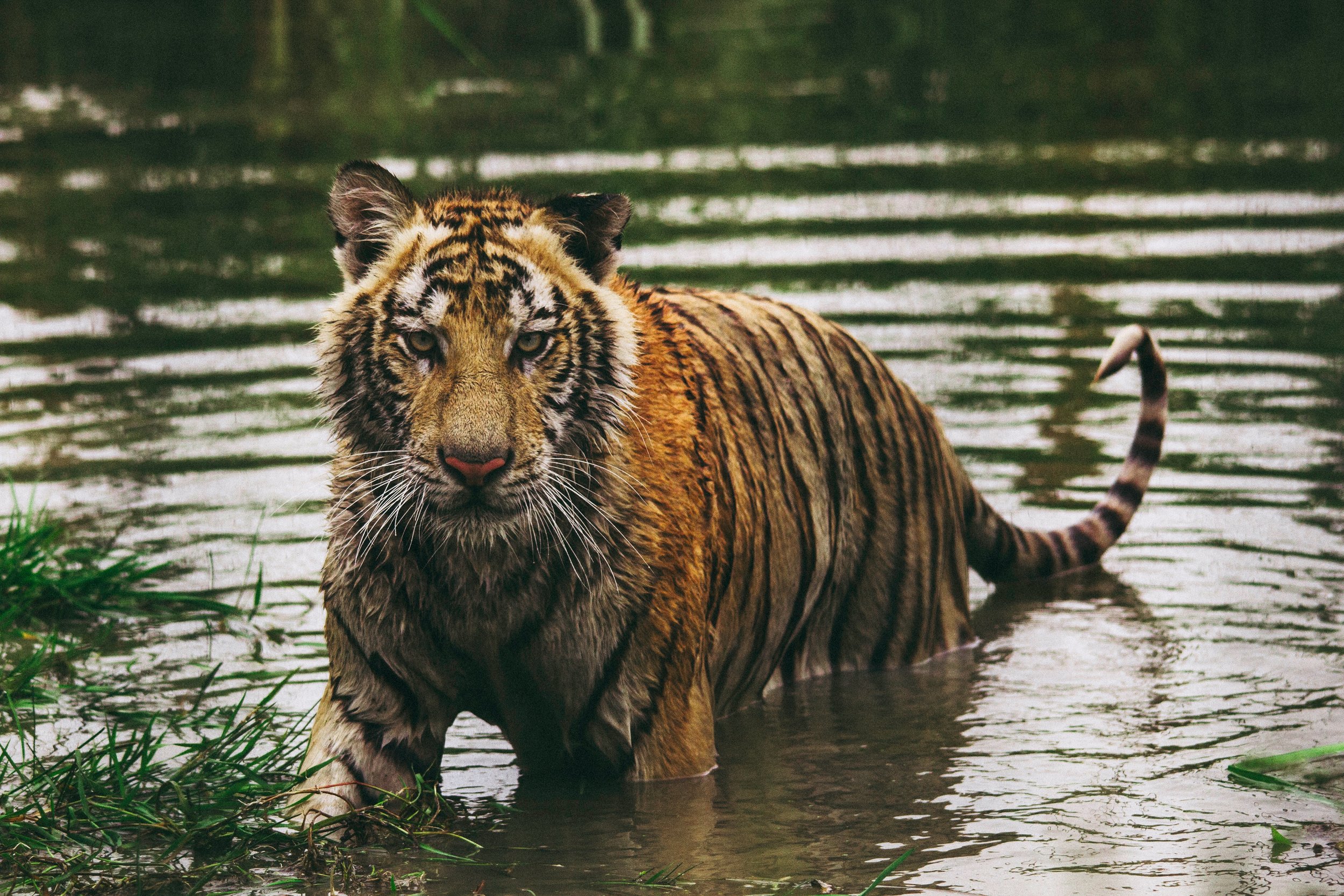From Jim Corbett's 'Maneaters of Kumaon' published in 1944.
Photo by Frida Bredesen on Unsplash
A man-eating tiger is a tiger that has been compelled, through stress of circumstances beyond its control, to adopt a diet alien to it.
The stress of circumstances is, in nine cases out of ten, wounds, and in the tenth case old age. The wound that has caused a particular tiger to take to man-eating might be the result of a carelessly fired shot and failure to follow up and recover the wounded animal, or be the result of the tiger having lost his temper when killing a porcupine. Human beings are not the natural prey of tigers, and it is only when tigers have been incapacitated through wounds or old age that, in order to five, they are compelled to take to a diet of human flesh.
A tiger when killing its natural prey, which it does either by stalking or lying in wait for it, depends for the success of its attack on its speed and, to a lesser extent, on the condition of its teeth and claws. When, therefore, a tiger is suffering from one or more painful wounds, or when its teeth are missing or defective and its claw worn down, and it is unable to catch the animals it has been accustomed to eating, it is driven by necessity to killing human beings. The change over from animal to human flesh is, I believe, in most cases accidental.
As an illustration of what I mean by accidental I quote the case of the Muktesar man-eating tigress. This tigress, a comparatively young animal, in an encounter with a porcupine lost an eye and got some fifty quills, varying in length from one to nine inches, embedded in the arm and under the pad of her right foreleg. Several of these quills after striking a bone had doubled back in the form of a U, the point, and the broken-off end, being quite close together. Suppurating sores formed where she endeavoured to extract the quills with her teeth, and while she was lying up in a thick patch of grass, starving and licking Her wounds, a woman selected this particular patch of grass to cut as fodder for her cattle. At first the tigress took no notice, but when the woman had cut the grass right up to where she was lying the tigress struck once, the blow crushing in the woman's skull. Death was instantaneous, for, when found the following day, she was grasping her sickle with one hand and holding a tuft of grass, which she was about to cut when struck, with the other. Leaving the woman lying where she had fallen, the tigress limped off for a distance of over a mile and took refuge in a little hollow under a fallen tree.
Two days later a man came to chip firewood off this fallen tree, and the tigress who was lying on the far side killed him. The man fell across the tree, and as he had removed his coat and shirt and the tigress had clawed his back when killing him, it is possible that the smell of the blood trickling down his body as he hung across the bole of the tree first gave her the idea that he was something that she could satisfy her hunger with. However that may be, before leaving him she ate a small portion from his back. A clay after she killed her third victim deliberately, and without having received any provocation. Thereafter she became an established man-eater and had killed twenty-four people before she was finally accounted for.



